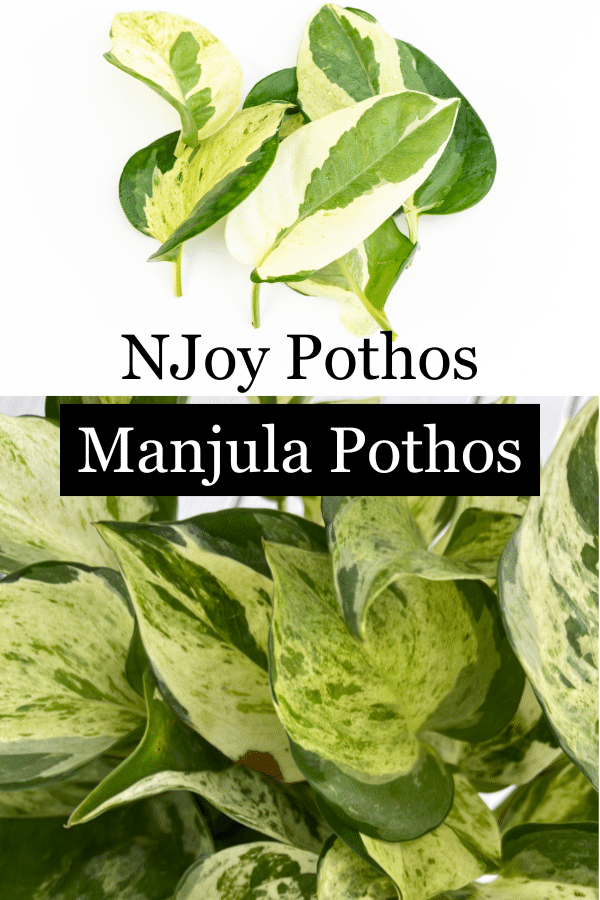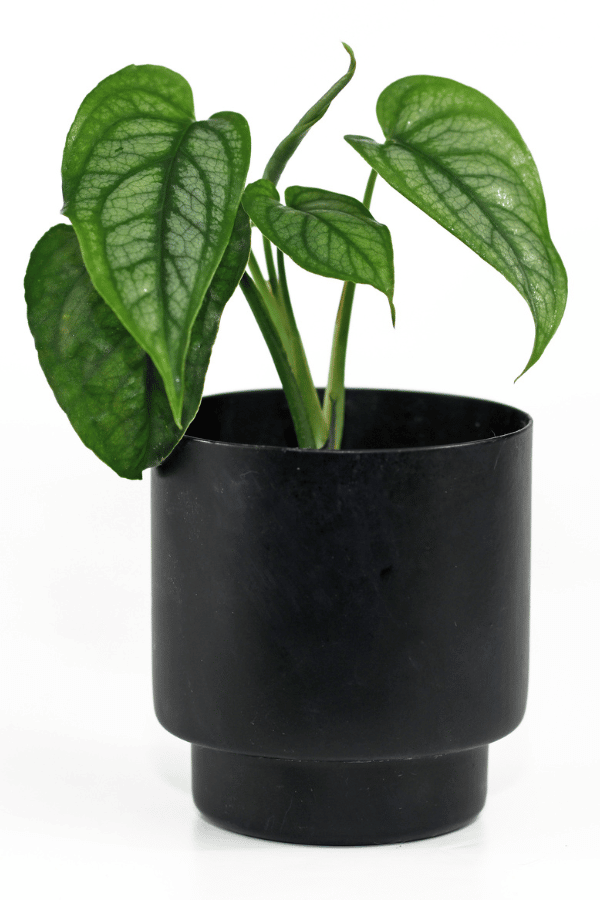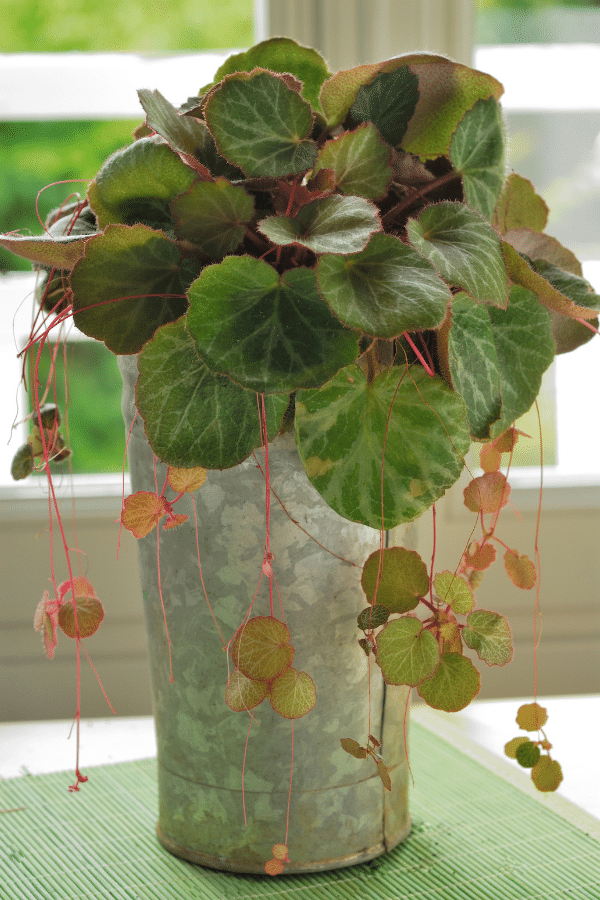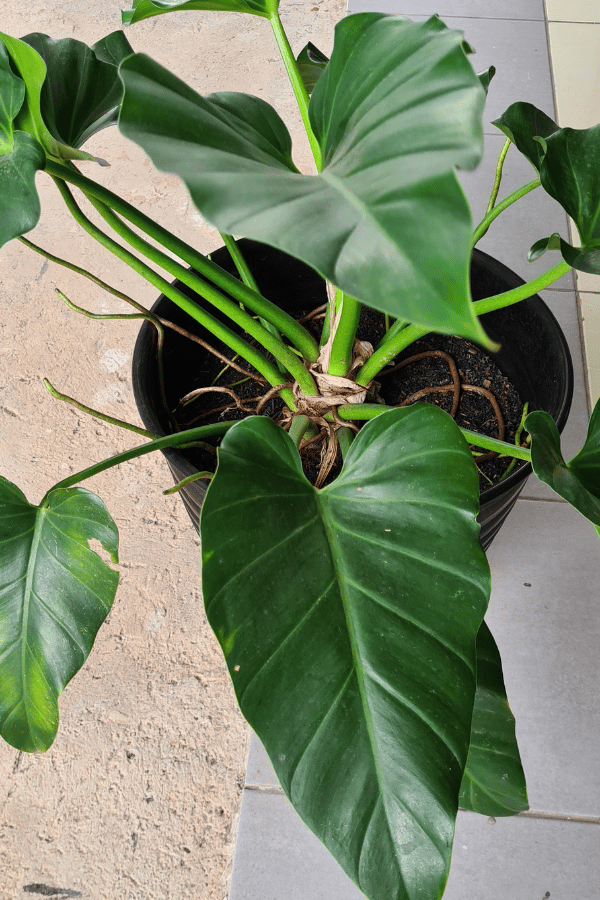Cebu Blue Pothos Toxic to Cats
Cebu Blue Pothos plants are toxic to cats because of the plant containing insoluble calcium oxalate crystals in the leaves, stems, and roots. If these crystals get on the skin or are ingested, it can cause irritation of the skin, mouth, lips, tongue, throat, and stomach.
If you’ve got a cat who likes to get into things and you’re looking to add some greenery to your home, you may want to think twice before bringing home a Cebu Blue Pothos. While this plant is beautiful with its blue-green leaves, it’s important to note that it can be toxic to cats.
According to the ASPCA, the Cebu Blue Pothos contains insoluble calcium oxalates, which can cause oral irritation, vomiting, and difficulty swallowing if ingested by cats. This can be especially concerning for curious cats prone to chewing on plants.
In this article, we’ll talk about why Cebu Blue Pothos is toxic to cats, what to do if your cat ingests it, and how to prevent your cat from eating the plant.
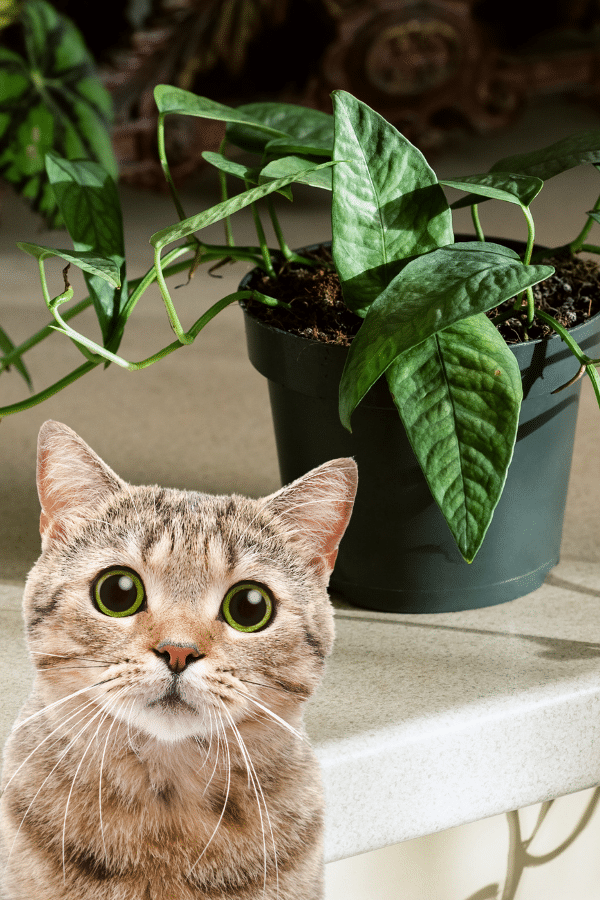
Why Is Cebu Blue Pothos Toxic to Cats?
If you are a cat owner, you may wonder why Cebu Blue Pothos is toxic to your feline friend. The answer lies in the plant’s chemical composition.
Cebu Blue Pothos contains insoluble calcium oxalate crystals, which are toxic to cats. These crystals are found in the plant’s leaves, stems, and roots. When a cat chews on any part of the plant, the crystals are released and can cause irritation and swelling in the mouth and throat.
In addition to calcium oxalate crystals, Cebu Blue Pothos also contains other toxic compounds that can affect your cat’s health. These compounds include saponins and glycosides, which can cause vomiting, diarrhea, and other gastrointestinal problems.
It is important to note that not all cats will have the same reaction to Cebu Blue Pothos. Some cats may only experience mild symptoms, while others may have a severe reaction. If you suspect your cat has ingested Cebu Blue Pothos, it is important to seek veterinary care immediately.
Symptoms of Cebu Blue Pothos Poisoning
If your cat ingests Cebu Blue Pothos, they can experience a range of symptoms. The severity of the symptoms will depend on the amount of plant material ingested and the size of your cat. Here are some common symptoms to look out for:
- Vomiting
- Diarrhea
- Loss of appetite
- Lethargy
- Pawing at mouth
- Difficulty breathing
- Swelling of the mouth, tongue, or lips
- Excessive drooling
- Abdominal pain
- Irregular heartbeat
- Bites out of the plant
- Seizures (in severe cases)
Seek veterinary attention immediately if you notice any of these symptoms in your cat and suspect they have ingested Cebu Blue Pothos. Your veterinarian may induce vomiting to remove any remaining plant material from your cat’s stomach or administer activated charcoal to help absorb any toxins that may still be present in their system.
It is important to note that not all cats will show symptoms of Cebu Blue Pothos poisoning, and some may only experience mild symptoms. However, it is always better to err on the side of caution and seek veterinary attention if you suspect your cat has ingested any toxic substance.
What to Do If Your Cat Has Ingested Cebu Blue Pothos
If you suspect that your cat has ingested Cebu Blue Pothos, take action immediately. Here are some steps you can take:
- Call your veterinarian: If you notice any symptoms or suspect that your cat has ingested Cebu Blue Pothos, call your veterinarian immediately. They can advise you on the next steps to take and will most likely recommend bringing your cat in for evaluation.
- Observe your cat: Keep a close eye on your cat and monitor their behavior. Look out for symptoms such as vomiting, diarrhea, loss of appetite, lethargy, or difficulty breathing. If you notice any of these symptoms, tell your veterinarian about them.
- Provide supportive care: Your veterinarian may recommend supportive care such as IV fluids, medication to control vomiting or diarrhea, or other treatments to help your cat recover.
Remember, prevention is always better than cure. Keep Cebu Blue Pothos and other toxic plants out of reach of your pets to prevent accidental ingestion.
How to Prevent Cats From Eating Cebu Blue Pothos
If you have a cat and want to keep them safe from Cebu Blue Pothos, there are a few things you can do to prevent them from eating the plant:
- Keep the plant out of reach: Cats are curious creatures and will explore anything within their reach. To prevent them from eating the plant, keep it in a location that is inaccessible to your cat. You can use a plant hanger or place it on a high shelf.
- Use a deterrent: You can use natural deterrents to keep your cat away from the plant. Some examples include citrus peels, vinegar, and cayenne pepper. Cats don’t like the smell or taste of these substances, so they will avoid them.
- Provide an alternative: Cats love to chew on plants, so it’s a good idea to provide a safe alternative for them to chew on. You can buy cat grass or catnip, which are safe for cats to eat and will satisfy their natural urge to chew on plants.
- Train your cat: If your cat is persistent and keeps trying to eat the plant, you can train them to avoid it. Use a spray bottle filled with water to spray them when they approach the plant. This will teach them that the plant is off-limits.
By following these tips, you can keep your cat safe and prevent them from eating Cebu Blue Pothos. Remember, it’s always better to be safe than sorry about your pet’s health.

